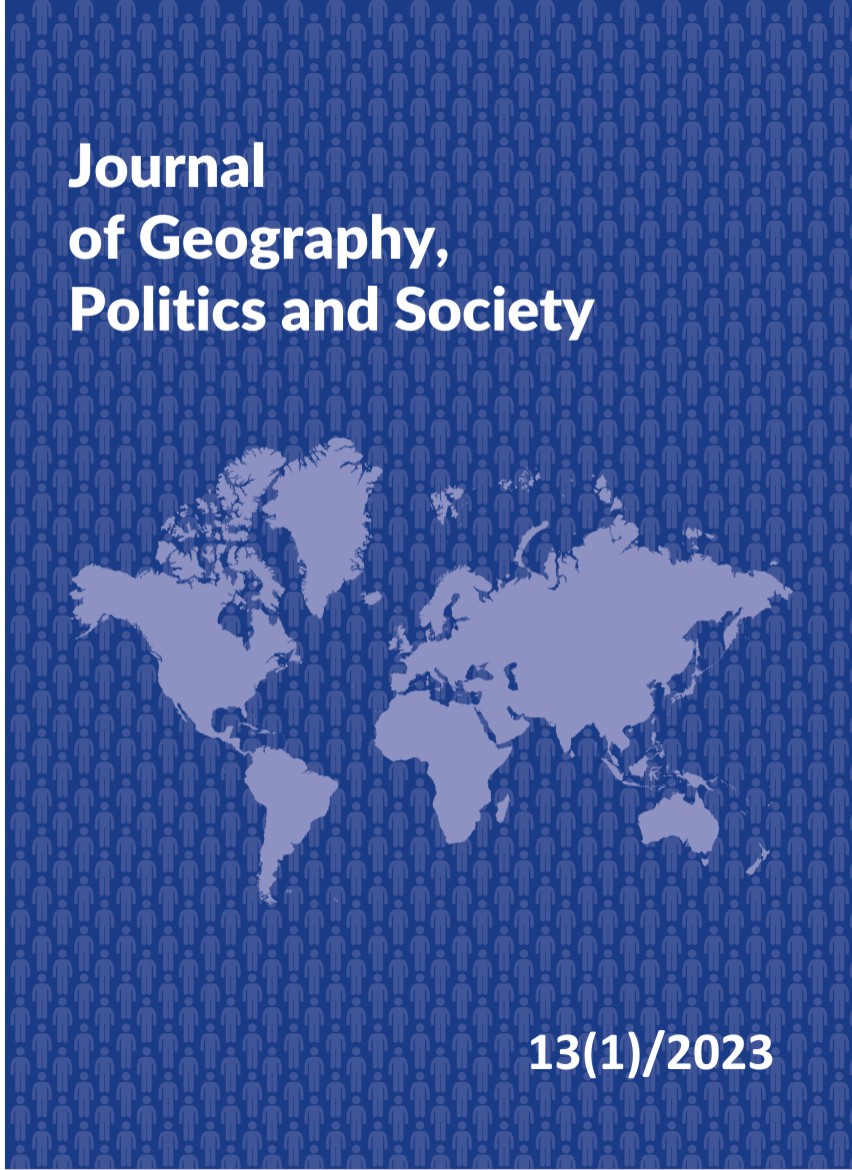The Status of Women in the Soviet Union
The Status of Women in the Soviet Union
Author(s): Eka Darbaidze, Tamila NiparishviliSubject(s): Gender Studies, Pre-WW I & WW I (1900 -1919), Interwar Period (1920 - 1939)
Published by: Wydawnictwo Uniwersytetu Jagiellońskiego
Keywords: women in the Soviet Union; Bolshevik revolution; communism; gender policy;
Summary/Abstract: For centuries, many women have been at the forefront of the struggle for emancipation and political changes. Efforts at integrating the idea of emancipation into society was an important part of the Bolshevik ideology; thus, the October Revolution of 1917 brought women new hope and new expectations. The Soviet Union was the first country in the world to successfully open the door to new economic and educational opportunities for women. In 1917, the Bolshevik legislative initiatives provided them with full political and civil rights while new legislation made women legally equal to men. The constitution adopted in July 1918 secured the political and civil equality of women and men. However, the gender policy developed and implemented by Lenin significantly changed after his death. Until the second half of the 1930s, the Soviet Union remained the world leader in terms of providing women with equal rights. However, after the new leader of the Soviet Union, Stalin, came to power, the government policy on women and equality substantially transformed. During Stalin’s rule, the concept of “a new type of woman” was created. The early Bolshevik policy, which started with a radical liberal vision of individual freedom and women’s rights, devolved into an abyss of cynicism that burdened women with a disproportionate responsibility for unpaid work in the household. The purpose of this work is to study the role of women during the early Soviet period and to examine legal and political changes in women’s status. The study aims at explaining what the main goal of the Soviet gender policy was in fact, whether it actually changed the status of women and what crucial changes it ultimately brought to them. Using the method of content analysis, the content of official documents, press and scientific literature was analyzed. At the same time, attempts were made to identify and analyze the positive and negative results of the Soviet policy by applying the method of critical research.
Journal: Journal of Geography, Politics and Society
- Issue Year: 13/2023
- Issue No: 1
- Page Range: 1-10
- Page Count: 10
- Language: English

